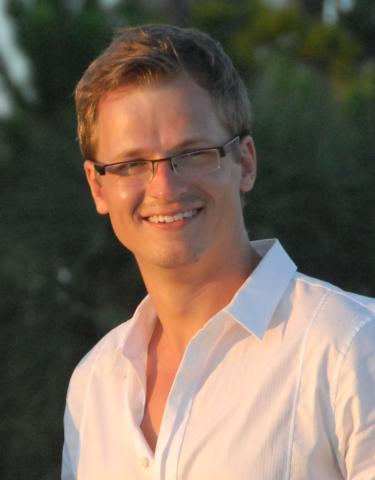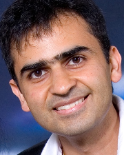event
GVU Brown Bag Seminar: Irfan Essa, Matthias Grundmann, Vivek Kwatra
Primary tabs
Speakers:
Irfan Essa, Matthias Grundmann, Vivek Kwatra
Title:
Video Stabilization for Everyone: From Research to Launch on YouTube
Abstract:
For the last two years, we have been working with Google Research on an approach for Video Stabilization, that has been launched and running on YouTube since March 2011. In this talk, we will give some insight into the technical details behind this approach, show comparisons to other similar efforts, and provide an overview of lessons learned.
Our goal was to develop a simple, easy to use system to enhance the video by removing excess shake common in casuals videos shot using handheld cameras. We were specifically focused on an approach that supports video stabilization as a post-process, so the stabilization can be applied without any a priori knowledge about the camera, or calibration of the sensors, and is applicable to low-frequency shake. This allows our approach to be applied to any video, either recently captured using standard smart phone cameras, or legacy footage from an old camera, recently digitized. The current system running on YouTube, which is in wide use, allows anyone to upload a video and can automatically enhance it. If the video is shaky, the user is asked if they’d prefer to view the enhanced video, which is displayed in real-time, and accept the enhanced video.
In this talk, we will describe our novel algorithm for automatically applying constrainable, L1-optimal camera paths to generate stabilized videos by removing undesired motions. We use this to compute camera paths that are composed of constant, linear and parabolic segments mimicking the camera motions employed by professional cinematographers. Our method allows for video stabilization beyond the conventional image stabilization approaches that only suppresses high frequency jitter. We will also discuss some of our recent extensions, like removal of rolling shutter artifacts that originate from CMOS cameras such as mobile phones.
We will show comparisons of our freely available and widely used automatic “one-click” stabilization system to several of the commercially available systems and discuss some of the lessons learned as we transitioned from research to a launched system.
Bio:
Irfan Essa is a Professor in the School of Interactive Computing (iC) of the College of Computing (CoC), and Adjunct Professor in the School of Electrical and Computer Engineering, Georgia Institute of Technology (GA Tech), in Atlanta, Georgia, USA. Currently, he is also serving as the Director/Assistant Dean of Off Campus Initiatives for the College of Computing. Professor Essa works in the areas of Computer Vision, Computer Graphics, Computational Perception, Robotics and Computer Animation, Machine Learning, and Social Computing, with potential impact on Video Analysis and Production (e.g., Computational Photography & Video, Image-based Modeling and Rendering, etc. Affiliated with GVU and RIM @ GT Centers (Winner of GVU 15 years of Impact Award 2008). Consultant at Google 2010-2013.
Matthias Grundmann. PhD in Computer Science Student in School of Interactive Computing., GA Tech. Expected to Graduate Spring 2013. GVU Student, Intern at Google Research 2010-2013.
Vivek Kwatra, PhD in Computer Science from GA Tech (2005). Currently Member of Research Staff at Google Research. GVU Alum.
Groups
Status
- Workflow status: Published
- Created by: Christopher Ernst
- Created: 01/09/2013
- Modified By: Fletcher Moore
- Modified: 10/07/2016
Categories
Keywords



